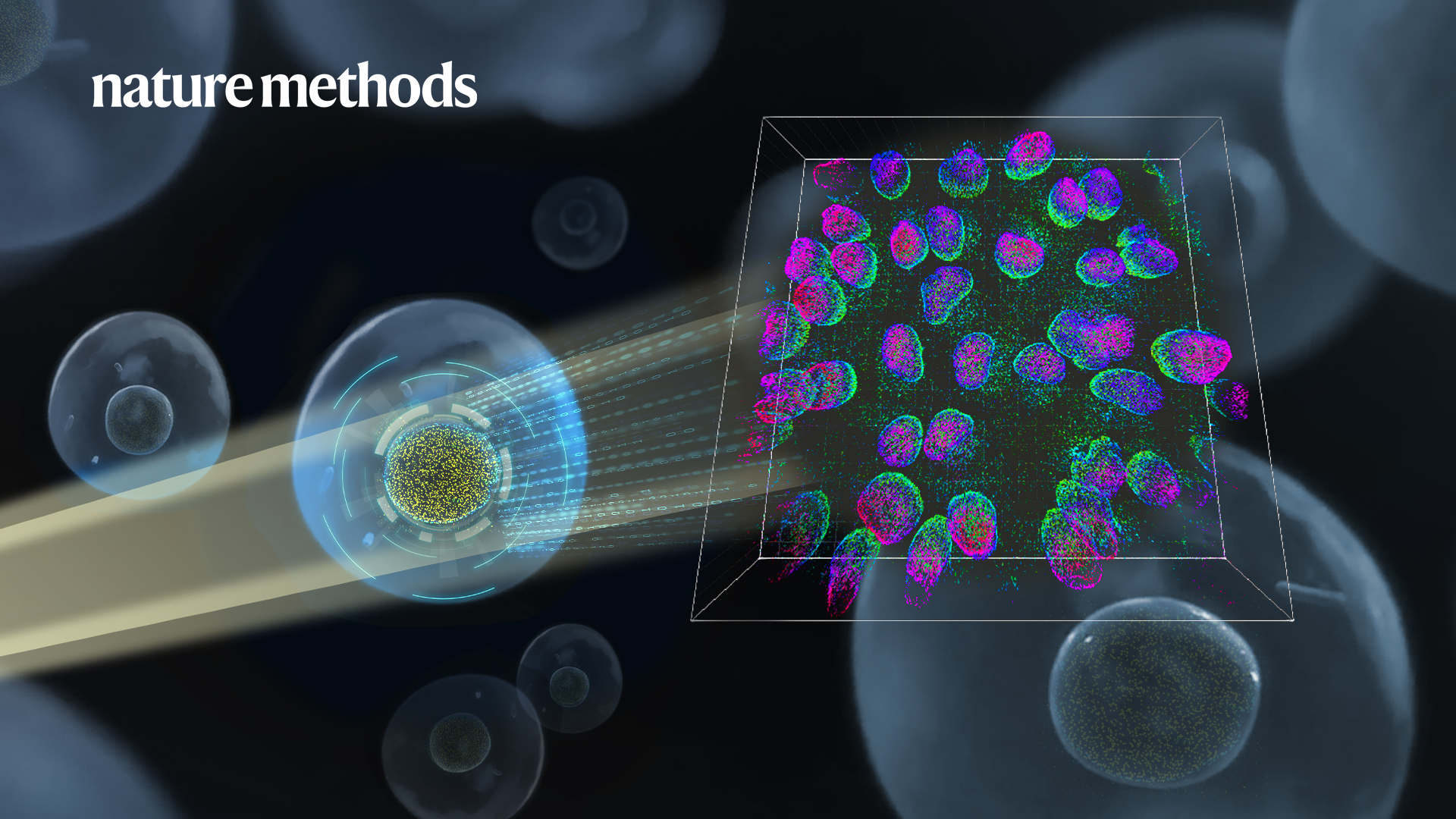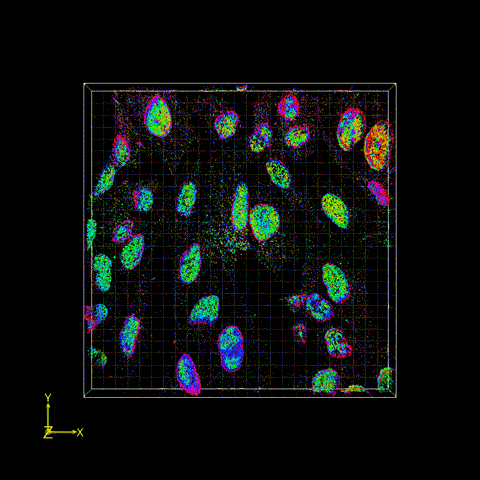While fluorescence microscopy with high contrast and super-resolution has revolutionized structural cell biology studies, high-throughput imaging with rich information content has enabled quantitative biology research. An emerging trend is developing high-throughput super-resolution imaging techniques for high-content screening. However, field-dependent aberrations restrict the field of view (FOV) of super-resolution imaging to only tens of micrometers.

Associate Professor Yiming Li from the Advanced Microscopy Imaging Laboratory in the Department of Biomedical Engineering at the Southern University of Science and Technology (SUSTech) led a team to develop a deep learning algorithm framework to address the field-dependent aberrations and bypass the bottleneck for large FOV imaging.
Their research results, entitled “Field-dependent deep learning enables high-throughput whole-cell 3D super-resolution imaging,” has been published in Nature Methods.
The researchers developed a deep learning method for precise localization of spatially variant point emitters (FD-DeepLoc) over a large FOV covering the full chip of a modern sCMOS camera. Using a graphic processing unit (GPU) based vectorial PSF fitter, they can fast and accurately model the spatially variant point spread function (PSF) of a high numerical aperture (NA) objective in the entire FOV. Combined with deformable mirror-based optimal PSF engineering, they demonstrate high-accuracy 3D SMLM over a volume of ~180 × 180 × 5 μm3, allowing people to image mitochondria and nuclear pore complexes in entire cells in a single imaging cycle without hardware scanning – a 100-fold increase in throughput compared to the state-of-the-art.
This work provides new technical ideas and perspectives for the field of super-resolution microscopy. It also has important theoretical and practical value for the study of nanoscale biological structures in complete cell populations or tissues.

Figure 1. Large FOV imaging of cellular nuclear pores
Shuang Fu and Wei Shi, doctoral students at SUSTech, are the co-first authors of this paper. Assoc. Prof. Yiming Li is the corresponding author, and SUSTech is the first affiliation.
This work was supported by the Key Technology Research and Development Program of Shandong, Science, Technology and Innovation Commission of Shenzhen Municipality, and Start-Up Fund from SUSTech.
Paper link: https://www.nature.com/articles/s41592-023-01775-5
To read all stories about SUSTech science, subscribe to the monthly SUSTech Newsletter.
Proofread ByAdrian Cremin, Yingying XIA
Photo By